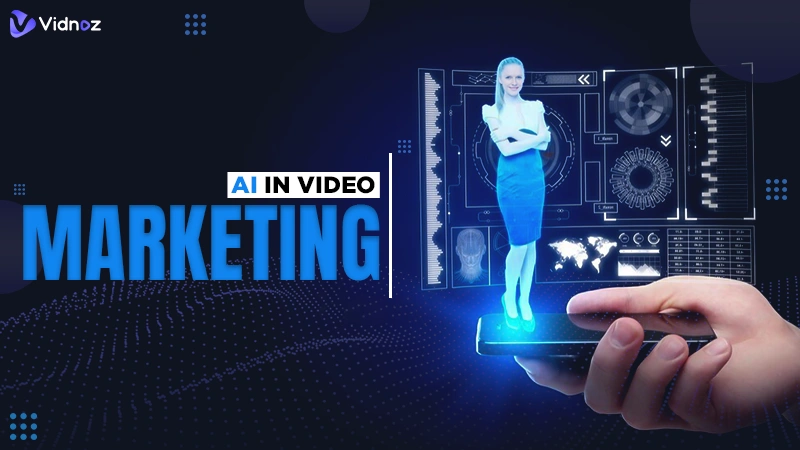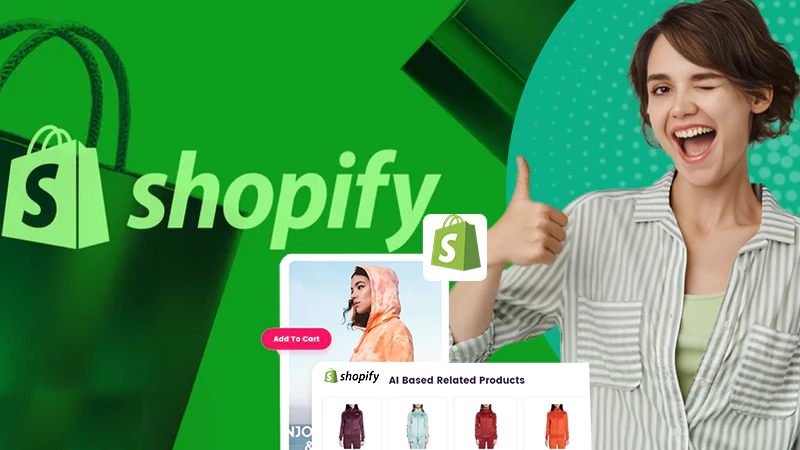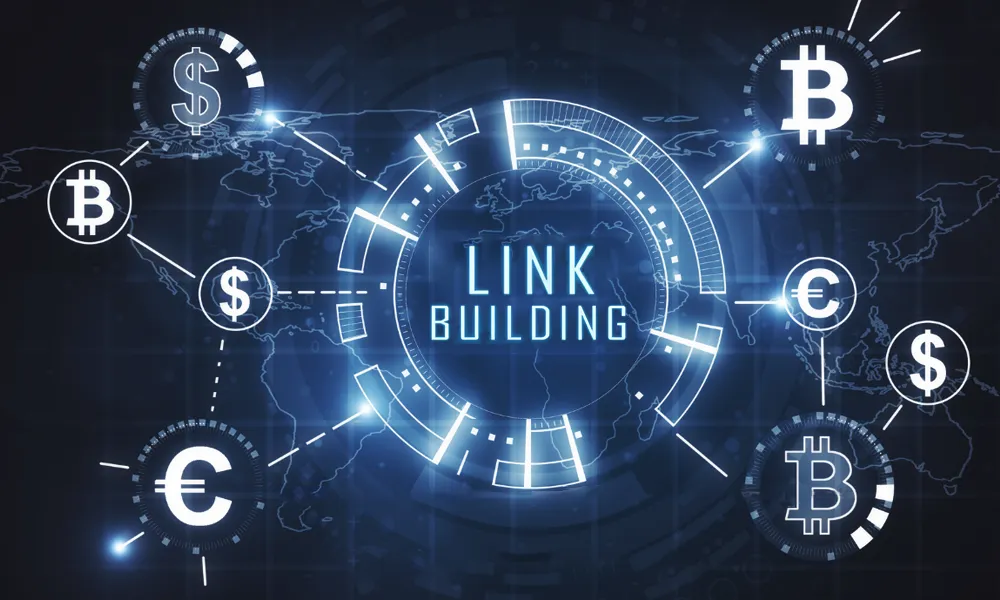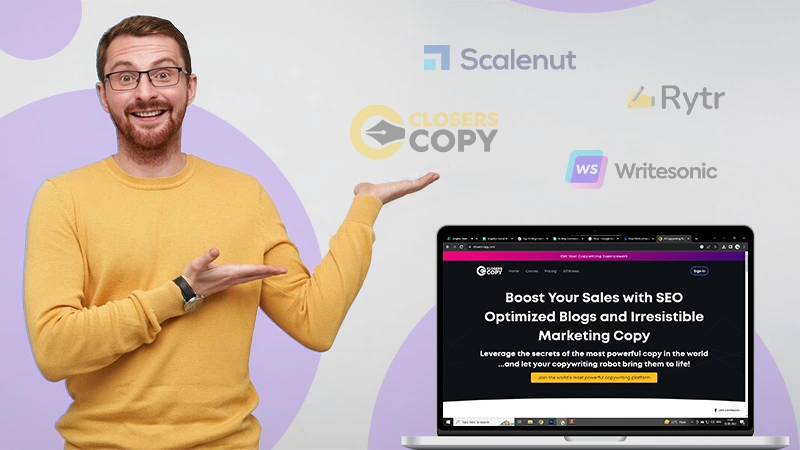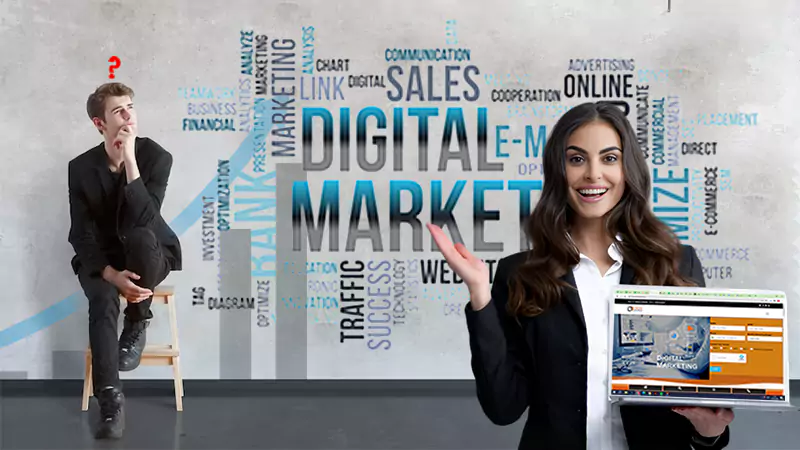Paid vs. Organic Social: What to Know
As a business owner, you probably feel overwhelmed when it comes to paid versus organic social media.
Should you create great video ads for social media or focus your efforts on organic audience growth and engagement?
The short answer is both, but as you might realize, it’s more complicated than that.
The following breaks down paid versus organic social media and what you need to know about integrating both into your larger overall strategy.
What is Organic Social?
Organic social media is all the free content that users share with one another. Organic social content might include videos, photos, and posts, as well as stories. When you’re a brand, if you post organically on your account, you’ll begin to expand your organic reach.
You can expect a certain percentage of your followers to see your content, which is your organic reach, as well as followers of your followers if you share the post. If you use hashtags, then people who follow those might see it as well.
Organic social can be used to build relationships, create your brand’s personality and voice, and engage customers. You can also use it as a way to provide customer support.
Any time you’re using social media as a brand, and you aren’t doing it through a paid promotion, it’s organic.
There are some specifically beneficial ways that organic social can help support your marketing efforts overall, including:
- The use of organic social is good for creating and managing a community. You can “listen” to what people are saying about your industry and your brand. You can also reinforce your core messaging. If there’s any criticism of your brand at any point in time, you need to use social media as a communication tool to create two-way conversations.
- You can communicate with a wider audience than you would be able to in other mediums. For example, when you organically use hashtags, you’re expanding your reach significantly, and you can form new connections with people who are interested in what you have to say or offer.
- Organic social is good for content marketing. You can use organic social to share more of your content and expand the audience.
- The use of organic social media allows you to create your brand voice and ensure that it differentiates you and is consistent.
Benefits of organic social include:
- It’s free—this is, of course, the major advantage of organic over paid.
- You can use organic social to hear what your customers or targeted audience are saying, so it becomes a powerful form of market research.
- You can build strong relationships with customers, and you can reply to them directly when they have comments, questions, or concerns.
- Using organic social can help you establish a sense of authority, trust, and transparency.
- You can also rely on elements of user-generated content.
What is Paid Social Media?
Paid social media, on the other hand, is just another way to say advertising. When you pay money to a social media platform, you’re doing so to have your content shared with a new, targeted and specific audience. This audience, based on algorithms, is likely to be interested in your business or content.
You can either boost your organic content or create unique ads.
Read Also:- Why Ads on Streaming Attract more users than Social Media
Some of the ways a business might use paid advertising on social media include generating leads, driving conversions, promoting deals or events, and getting new followers through brand awareness.
Benefits of paid social media include:
- Organic reach continues to decline, meaning that paid social lets you combat changes in algorithms and connect with audiences that otherwise you’d have very little opportunity to reach.
- If you have high-converting content, when you use paid social, you can design the ideal audience, and that has the potential to instantly boost your conversions.
- Nearly 65% of consumers say they use social media to find products to shop for, so you might be able to reach a high-intent audience.
- Paid campaigns can be a way to reinforce the messaging of your organic social strategy.
Paid vs. Organic
As we’ve touched on, the biggest difference between paid and organic social is that one costs money and the other is theoretically free, but that’s not necessarily entirely true.
While you aren’t paying to expand the reach of organic content, you are having to put resources into creating organic content, so that’s something to be mindful of.
With paid social media, the risks tend to include the fact that you might not see good returns on your investment, and you could face a landscape that’s highly competitive.
With paid social media, there’s a very real risk of spending money that’s essentially wasted if you’re ads aren’t performing well. If you’re always experimenting and then failing with paid social, that money is gone with nothing to show for it. It becomes an easy cycle to get into and sometimes a tough one to get out of.
If you’re not skilled at paid social strategy, you may need to outsource the work to make sure you’re getting a good ROI.
The second downside of paid is the competition. Nearly every company in the United States report using social media marketing in some way, and that means that you might have to deal with high PPC rates, depending on the targeted demographic you’re trying to reach.
You also have to create very attention-grabbing, high-quality content to get the most out of the budget you dedicate to paid social.
Combining Both
There’s no way to say if paid or organic social is better than the other. Instead, the objective needs to be combining them to meet your particular business objectives. If you don’t have a huge budget for paid social, you can start organically. Write quality content and engage with your audience online on a regular basis, because all that matters is, knowing the right social media metrics.
From there, you can start to leverage your organic content to expand your audience.
Once you have more awareness and you’ve built an audience, you can convert them and retain them.
How AI is Revolutionizing Video Marketing (and How…
10 Things Your Competitors Are Doing Right in…
Top 8 Best Shopify Apps for Marketing Your…
A Detailed Overview of the PSG Digital Marketing…
4 Most Commonly Overlooked Hidden Costs of Web…
Top 5 Business Niches with the Most Aggressive…
Top 10 Blog Conclusion Generators for Marketers and…
Digital Marketing Agencies: Catalysts for Modern Business Growth
Unveiling the Best Email Marketing Services
The Future of Content Writing: Trends and Innovations…
Maximize Your SEO Potential with Automation: Tips and…

